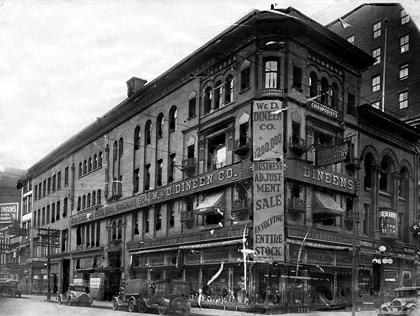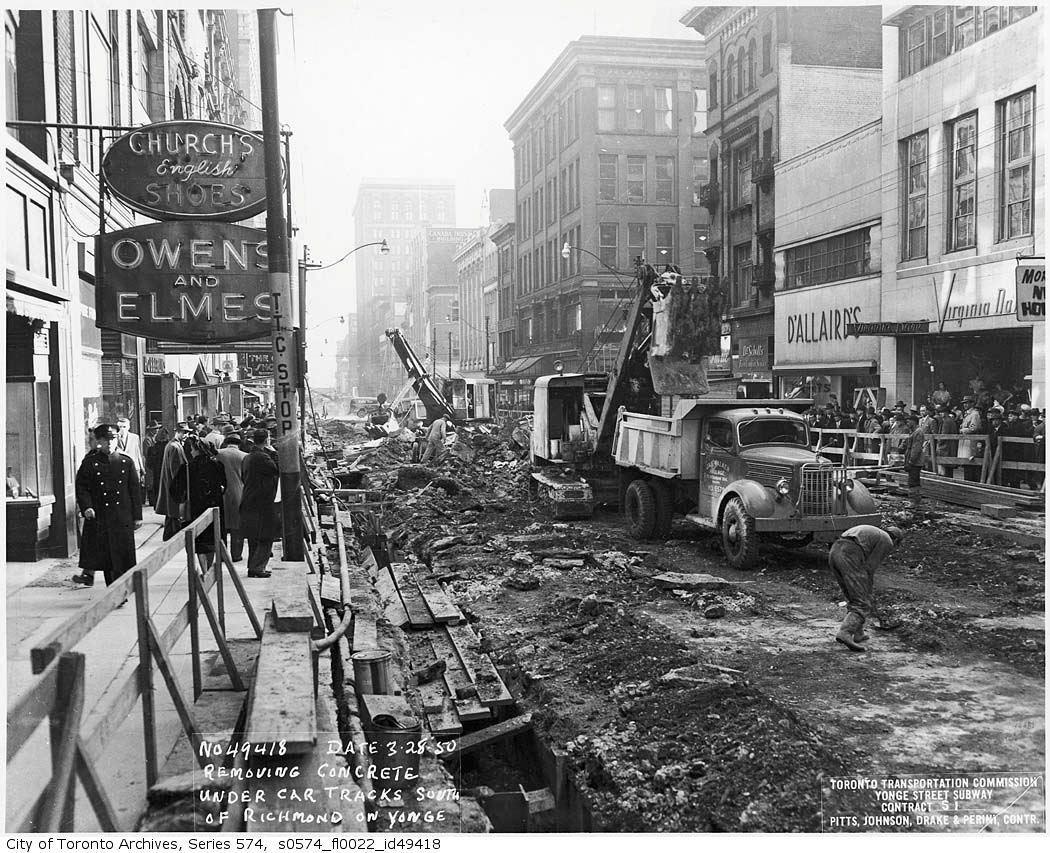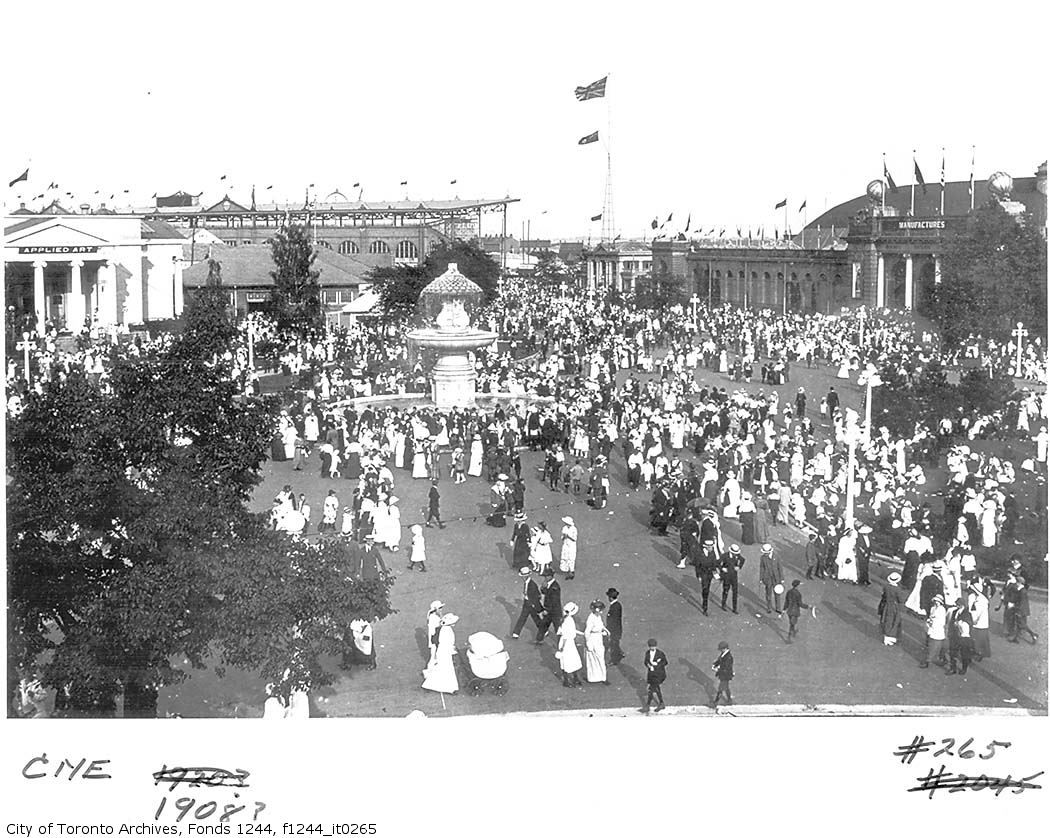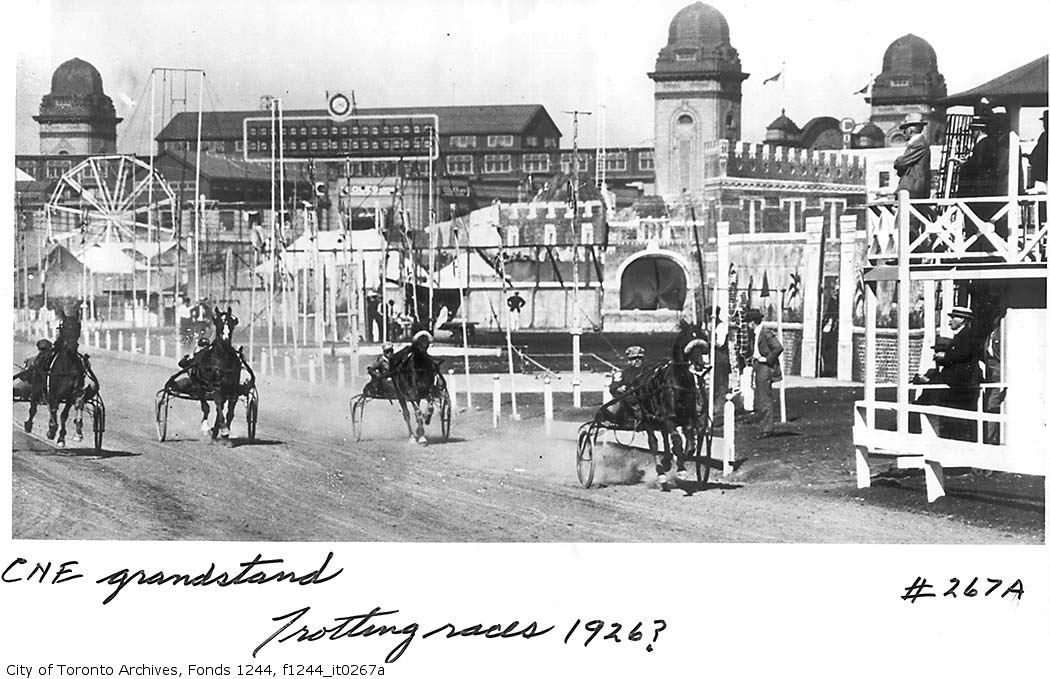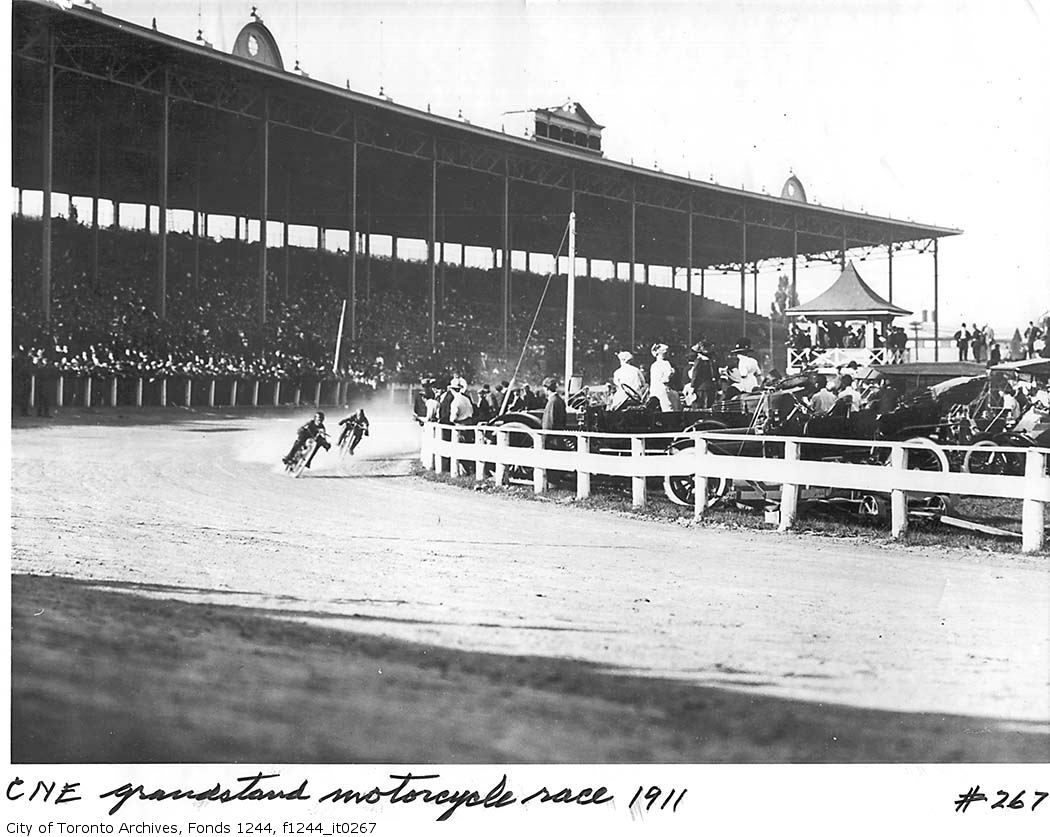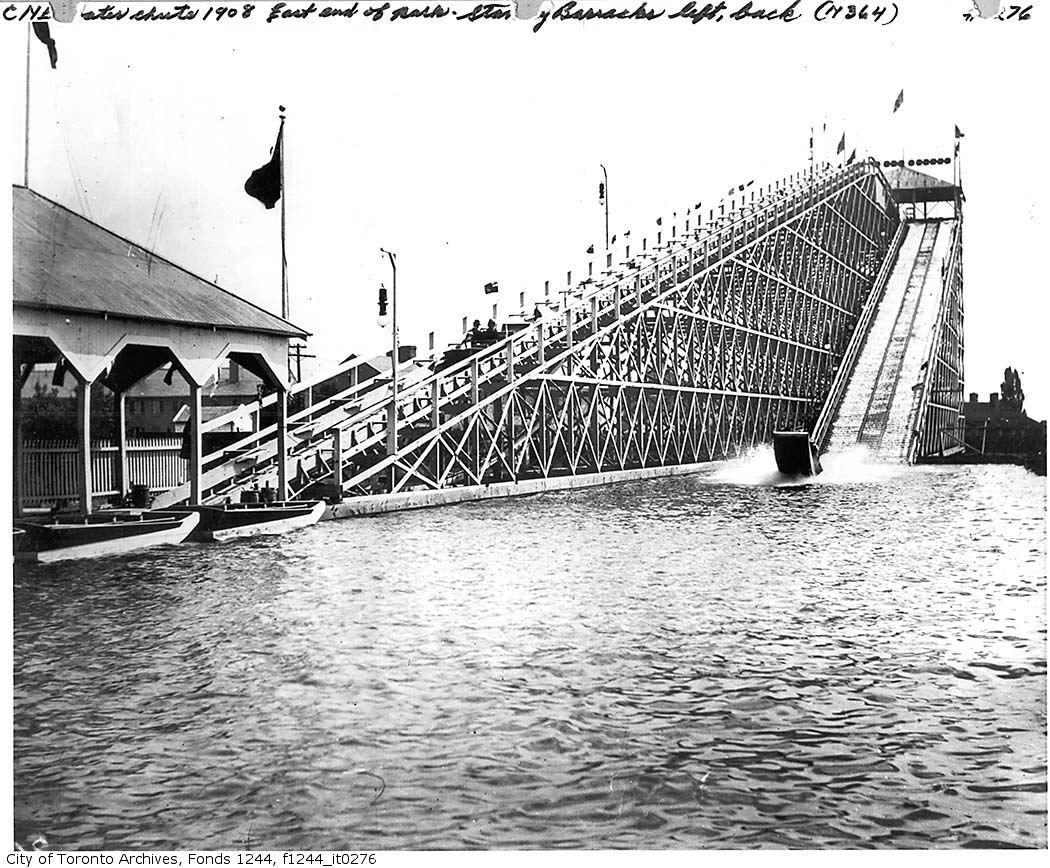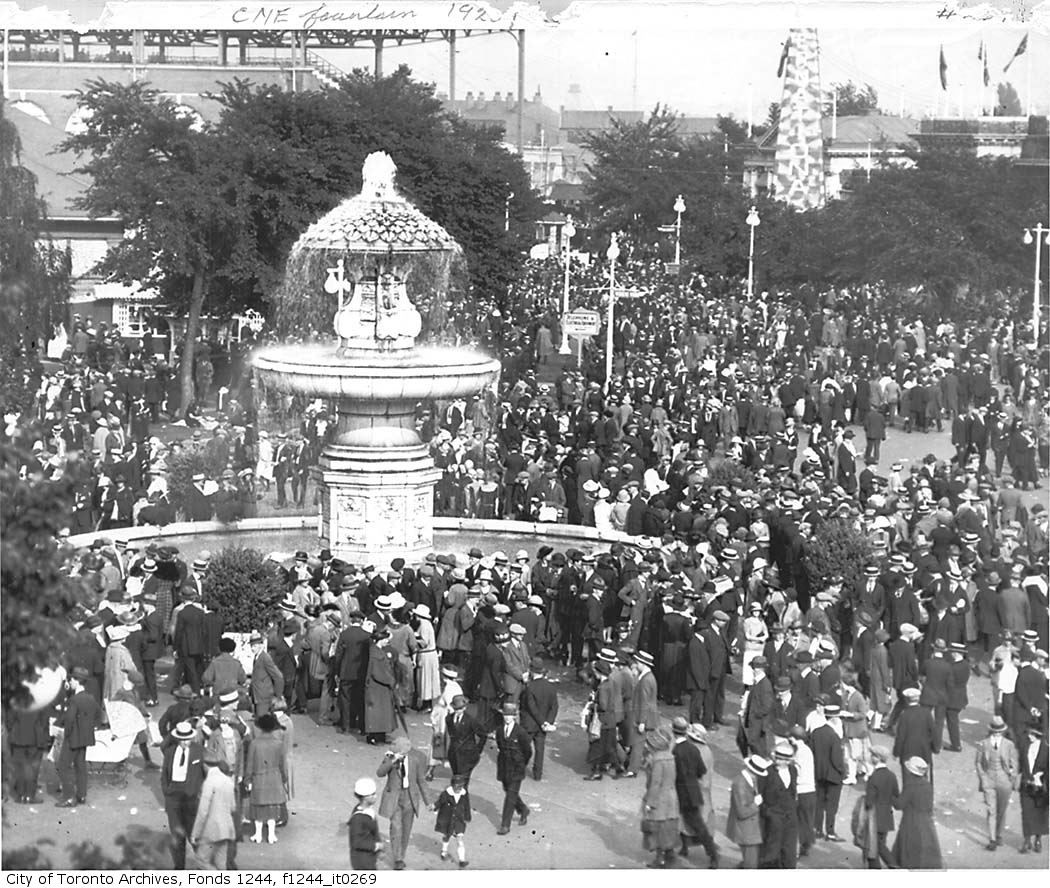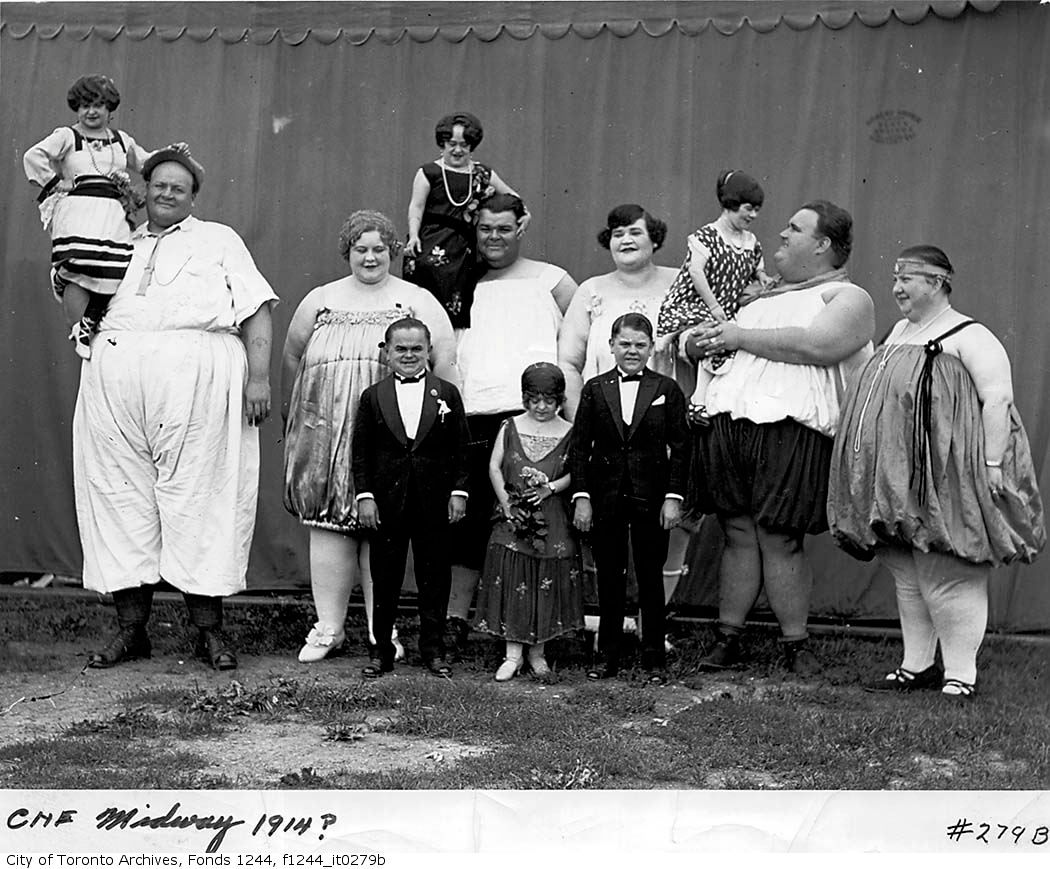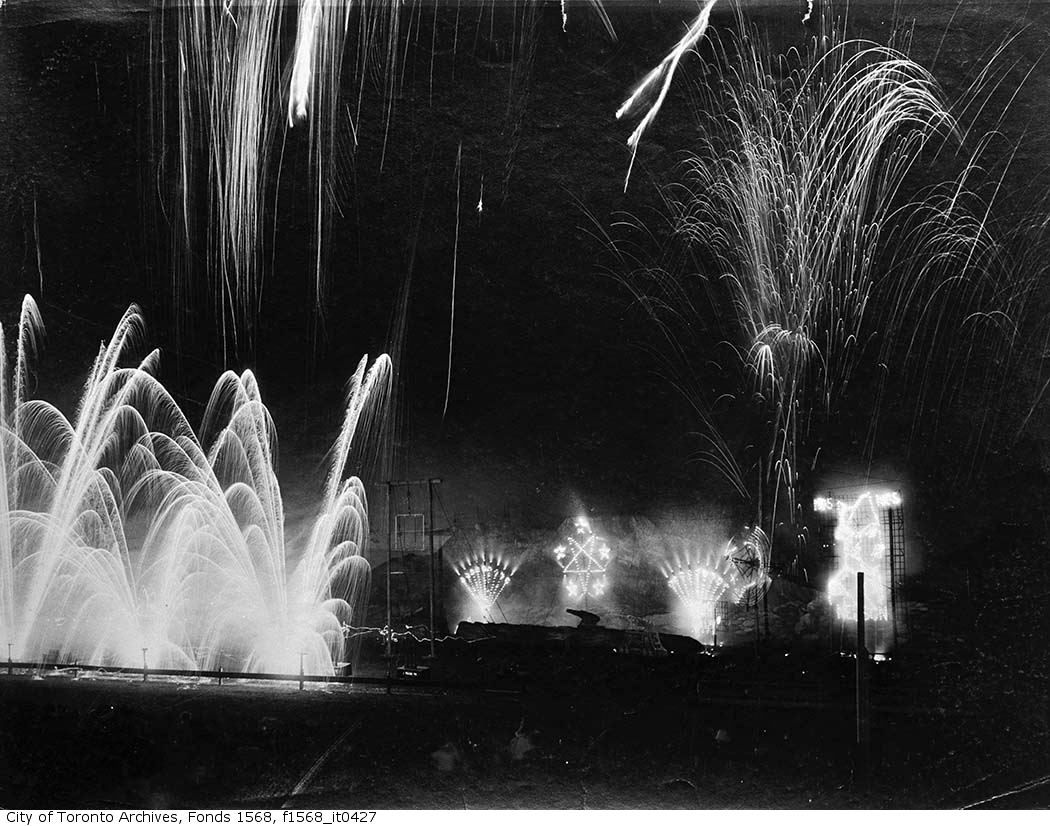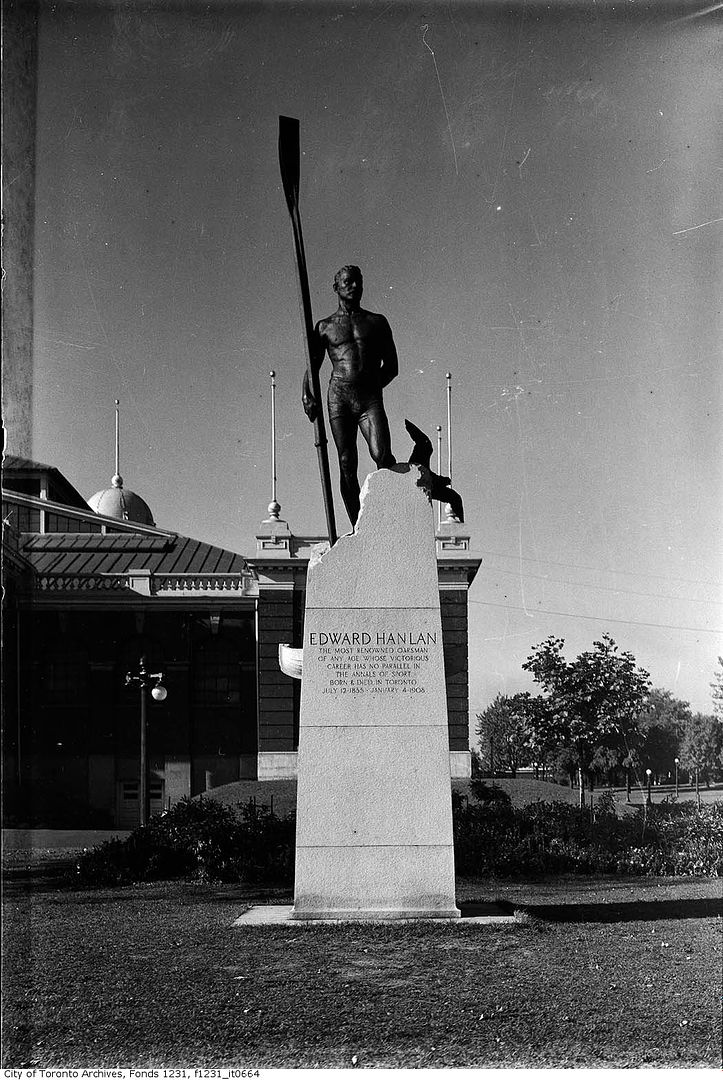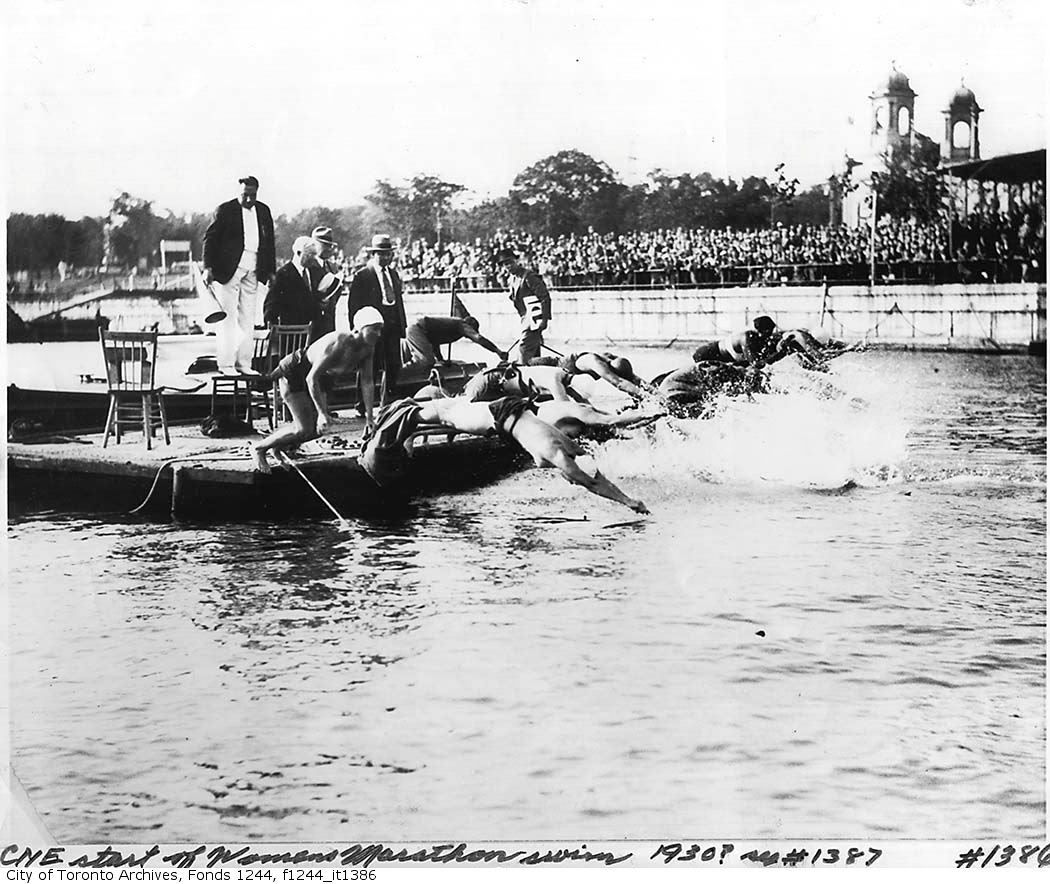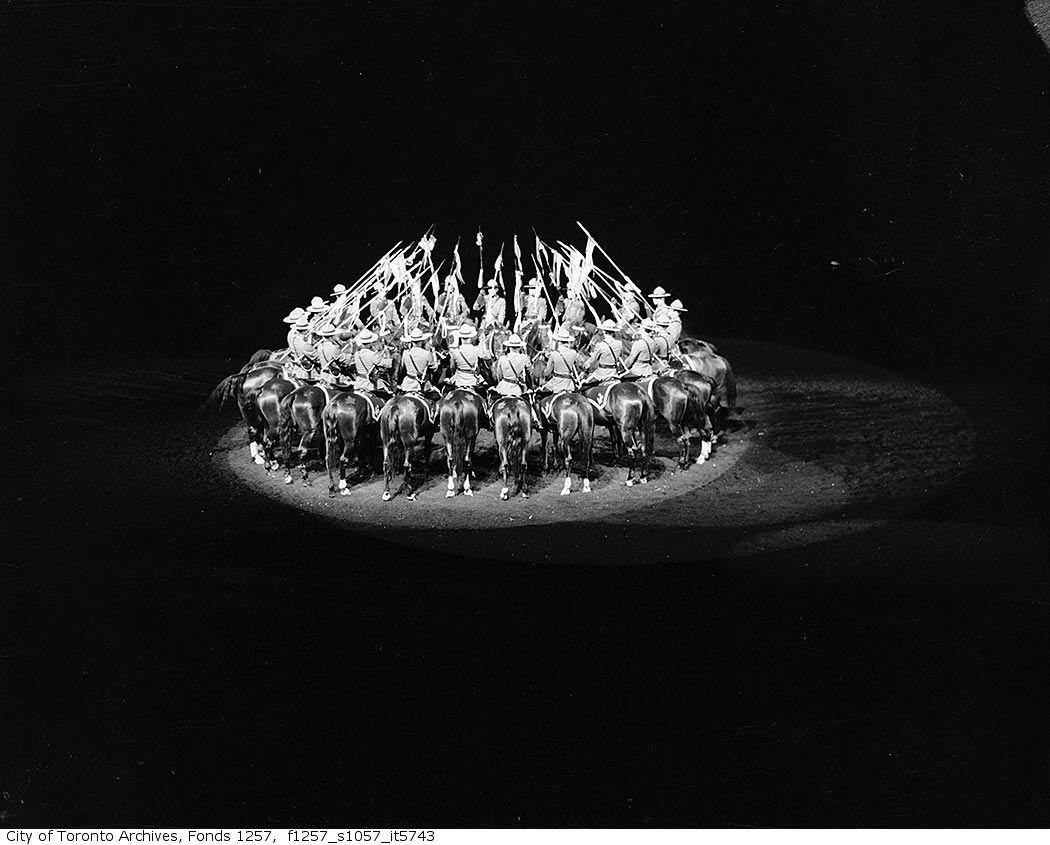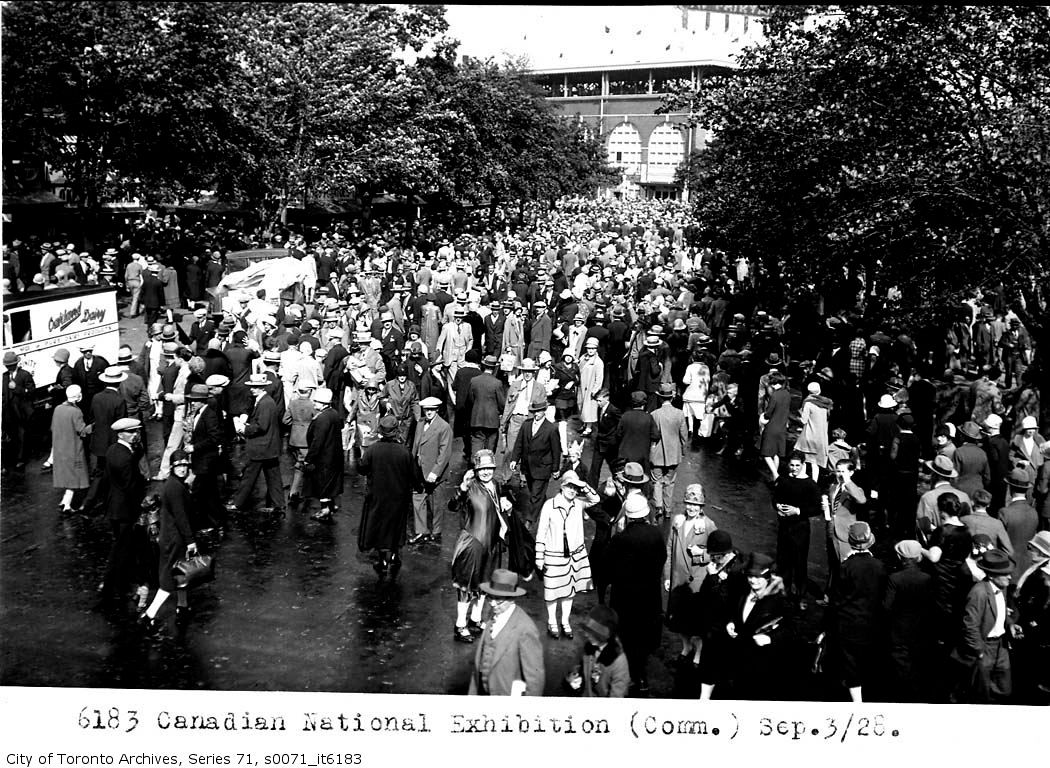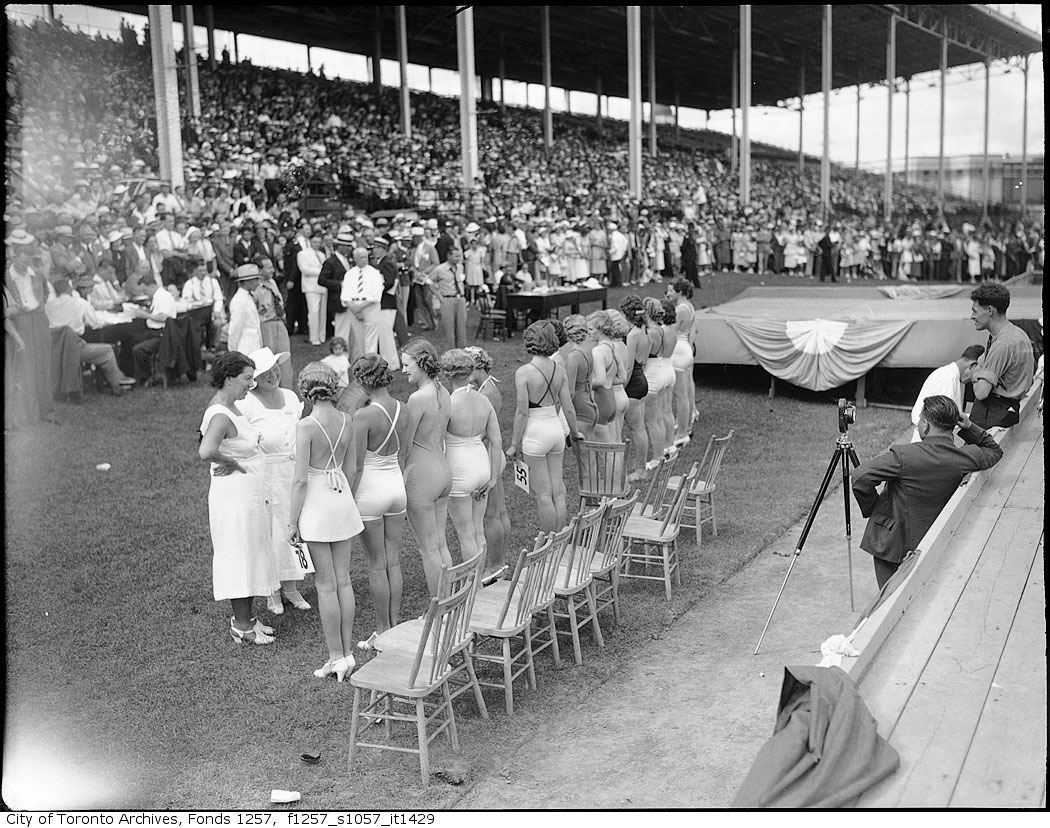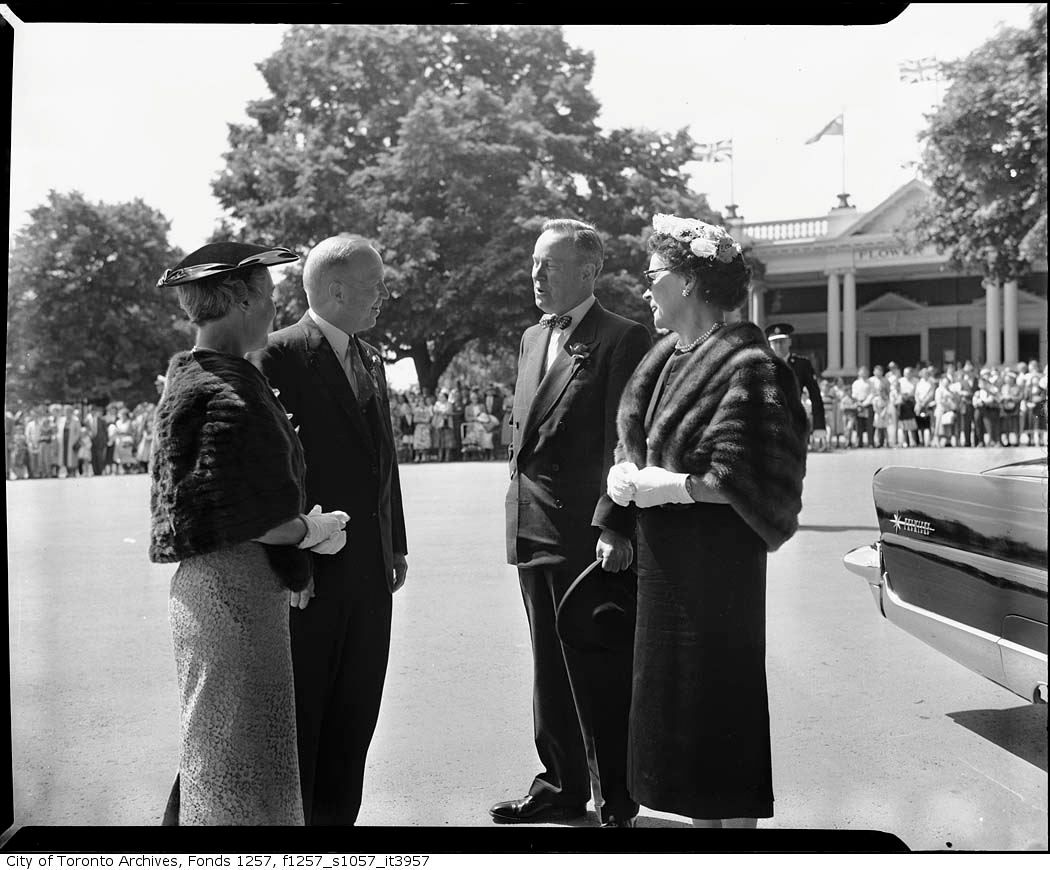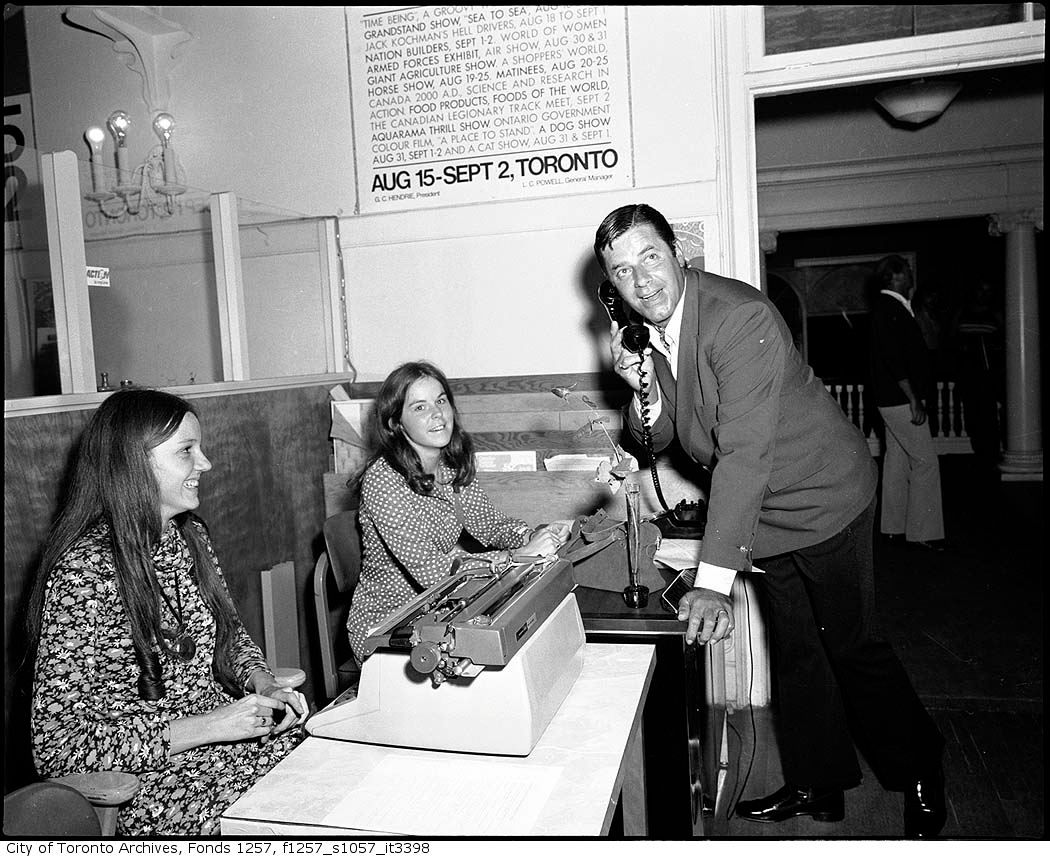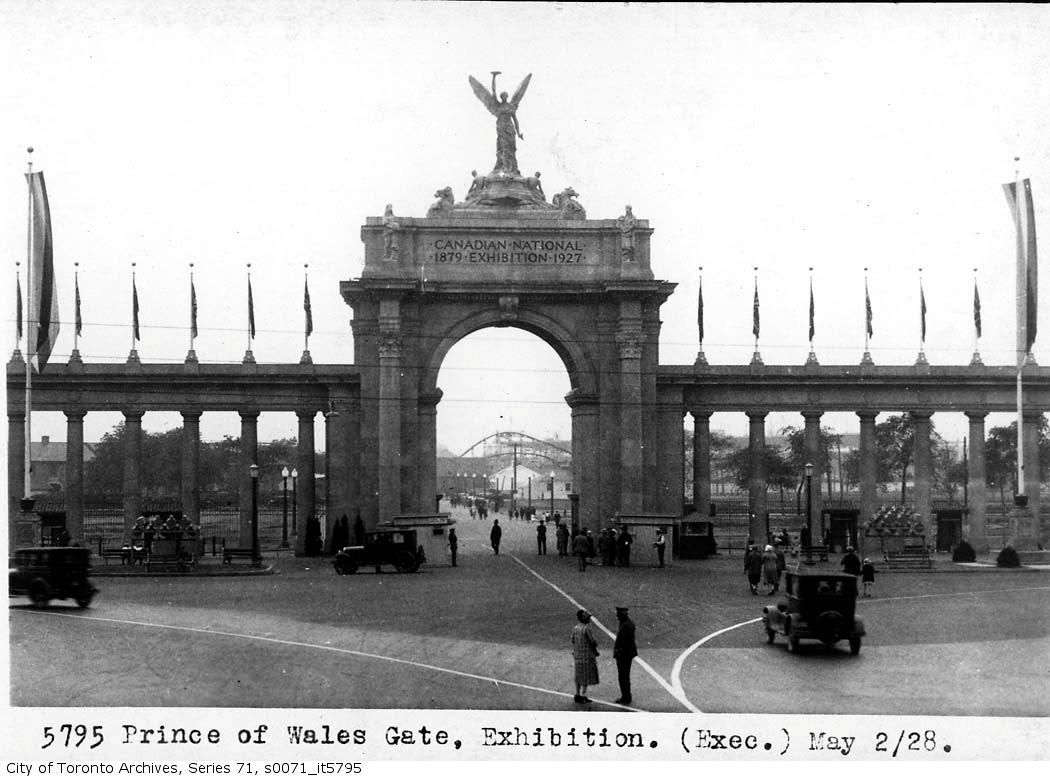west_end_kid
New Member
Wow, and I thought I was the only one who was in love with that building. I fear it will meet the wrecking ball before anyone tries to restore it.
I live a block away and walk by a few times a week. I'm just waiting for the day that I see one of those big white NOTICE signs telling me that someone has applied to tear it down for 40 story condo or something. If that happens it will be a very sad day.
I'm sure most people who read this forum will agree that Toronto has for the most part done a very bad job at preserving our historic buildings. Of course it isn't possible to save everything but when I look at photos of what Toronto used to be I'm just amazed what has been destroyed.
I had the good fortune to live in France for a year up north in a city called Rennes. Like many places in Europe, the streets of the old town have been preserved and are treated with great respect. Sure you'll find new businesses on the first floor and the interiors have been modernized but not to the point that they are no longer original. There is plenty of new development but not at the expense of the past. Here is a photo of some half-timbered buildings in the city center. These are not the oldest, but its a good example of what I'm talking about. You'll notice that some of the buildings are leaning to one side quite significantly. One of my favorite restaurants is in a building erected in the 15th centry.

Last edited:





